Reportar esta entrada
Más sobre la misma comunidad-colección
Equipo de baloncesto de niñas de escuela secundaria
The Tigers High School Girls Basketball Team known as the ...
Presidente Harry Truman visita El Paso, Texas
September 26, 1948. First person the President looked for when ...
William Yandell 1842-1900 El Paso, Tejas
William Martin Yandell was born in 1842 near Murfreesboro, ...
Sala de clasificacion, Oficina de correos
Maud Doane, whose name is on the back of the photo, worked as a ...
oficiales del condado de El Paso
These men were part of the first Commissioners' Court of El Paso ...
Tri State Accessories Corporation
Tri-State Accessories was located at 425-27 W. San Antonio. They ...











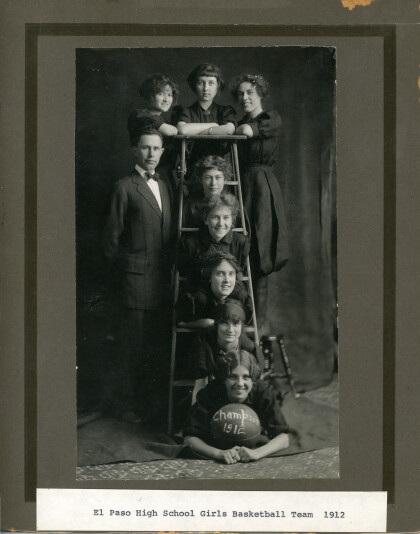
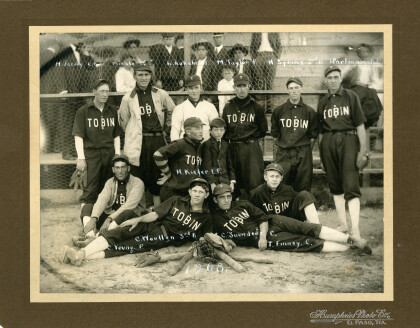
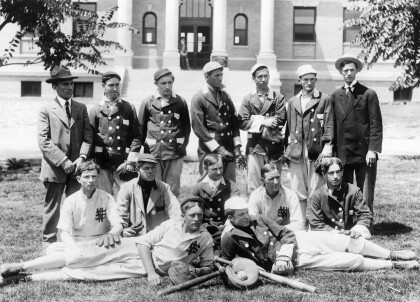
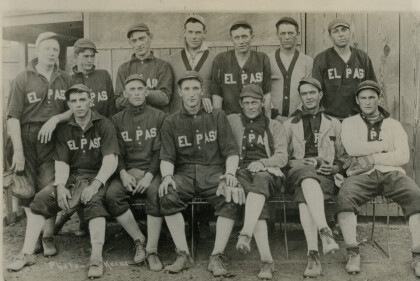
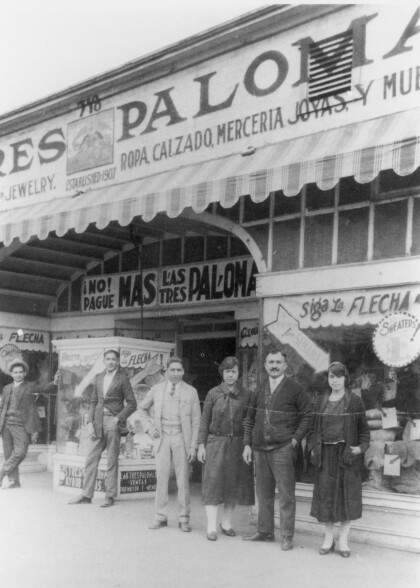
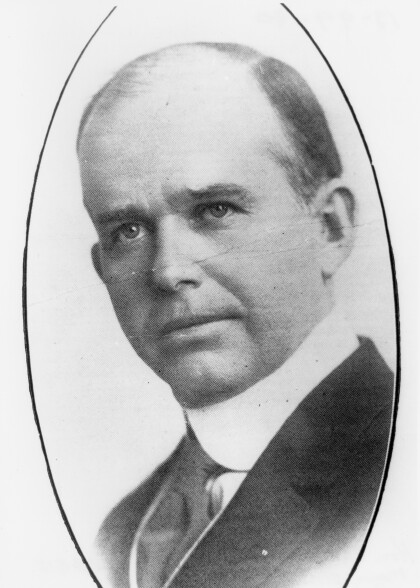
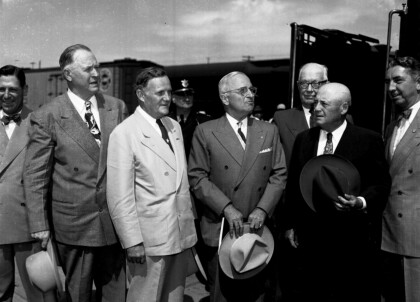
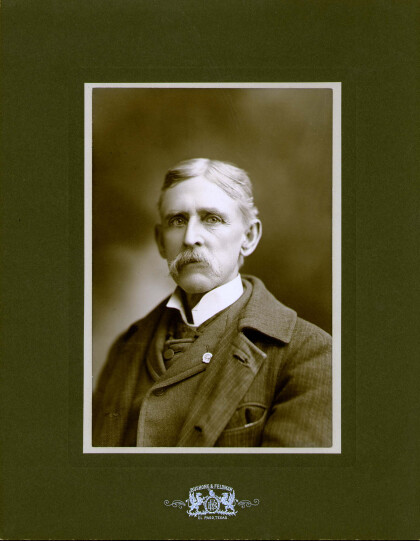
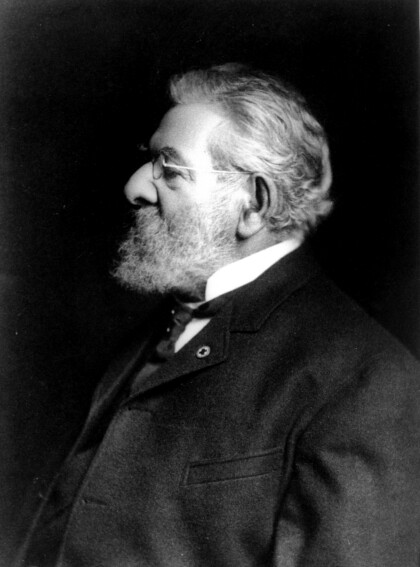
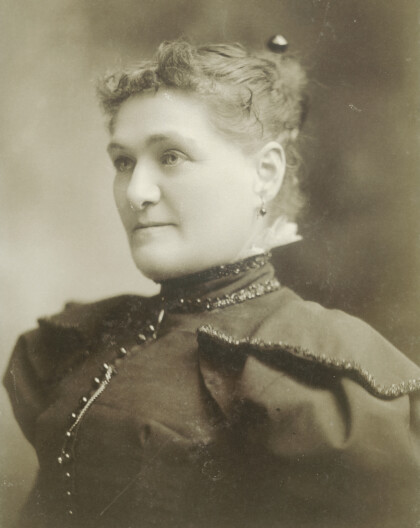
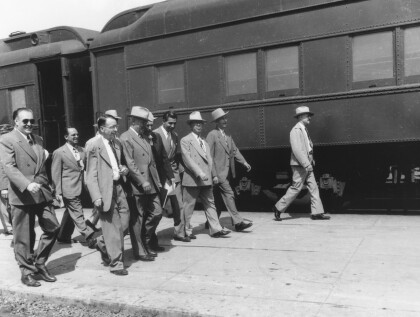
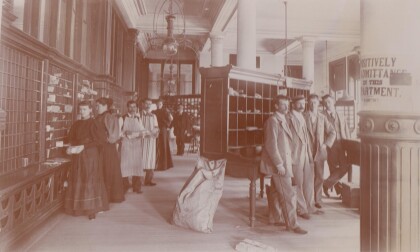
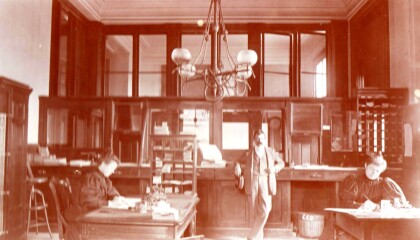
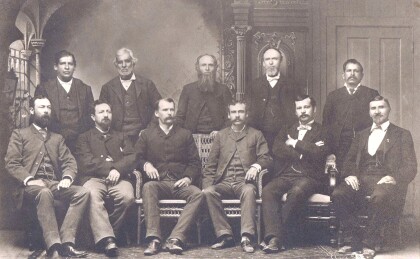
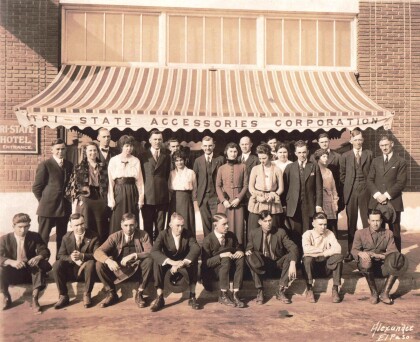
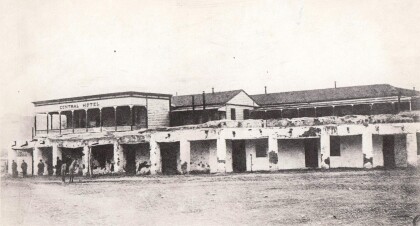
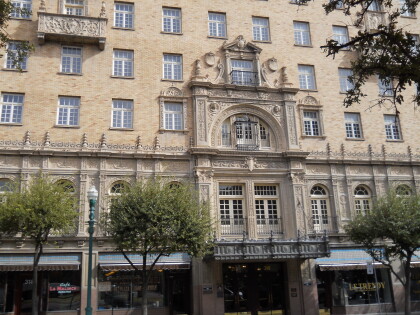
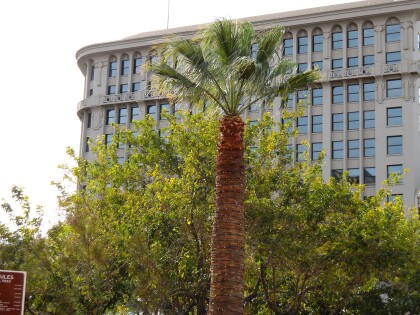
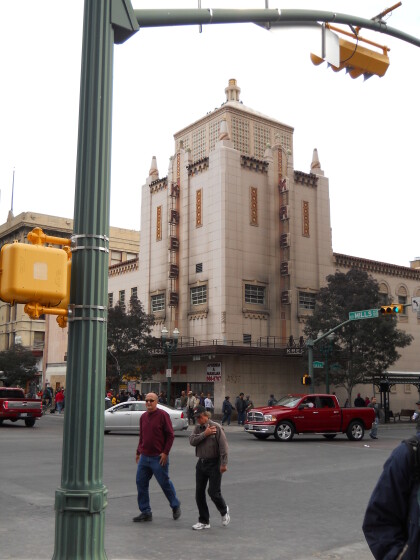
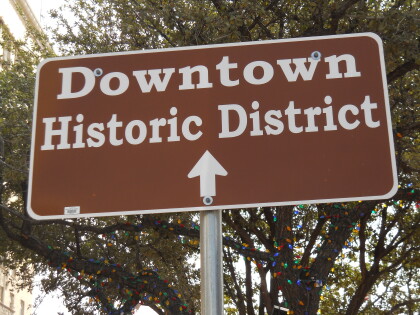
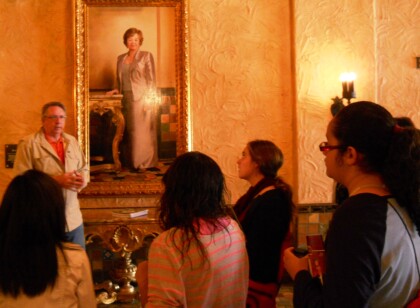
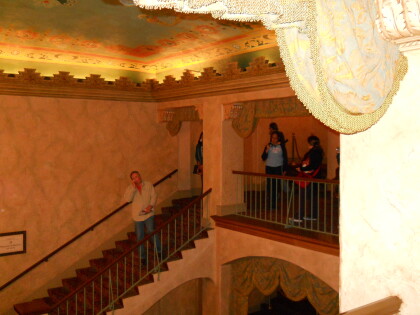
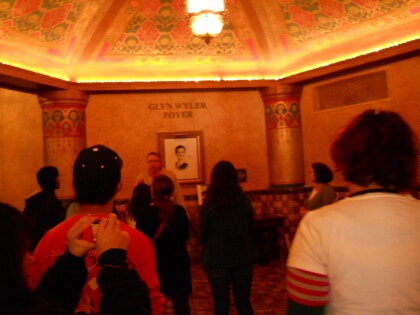
Comentarios
Hacer un comentario